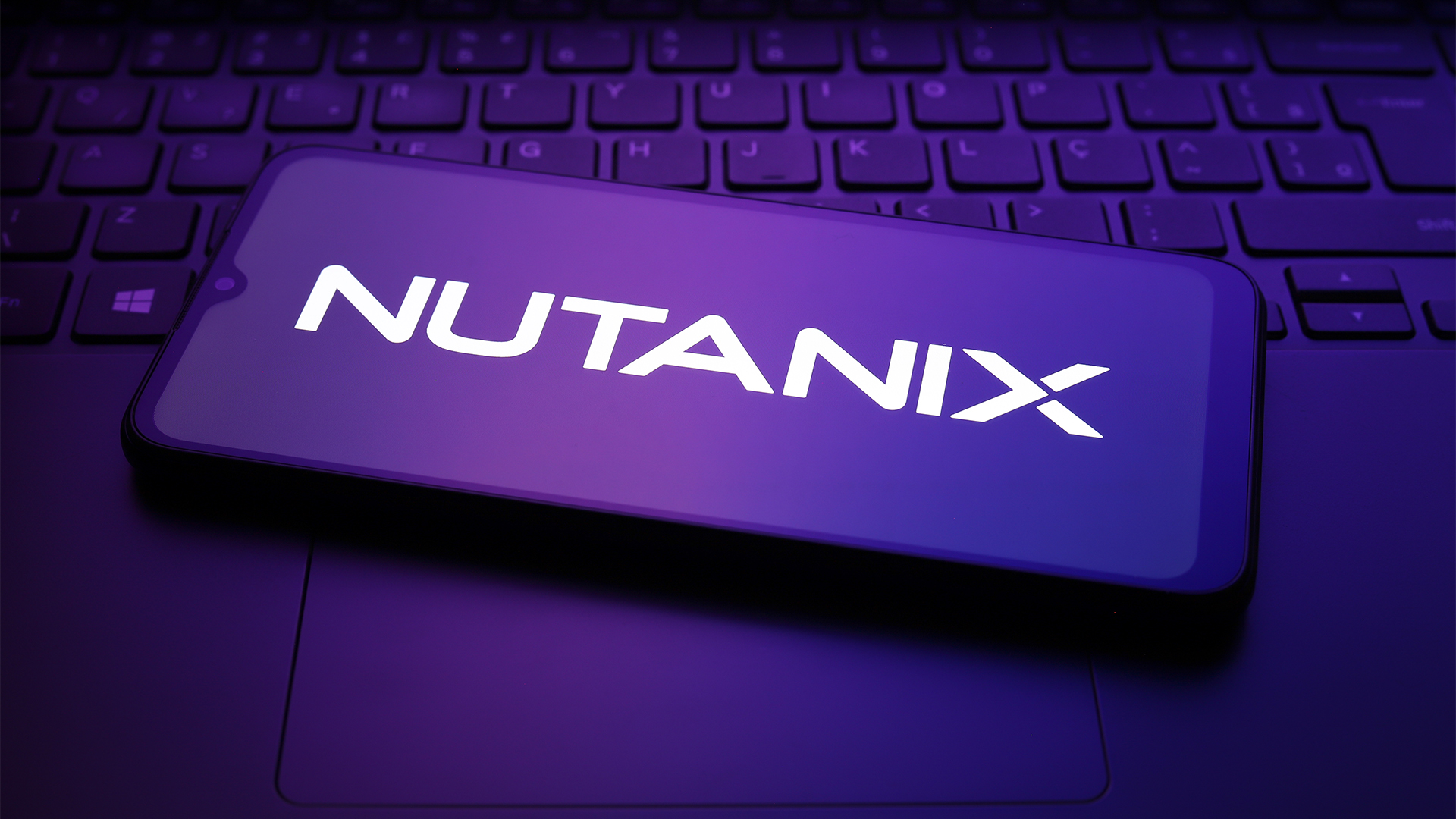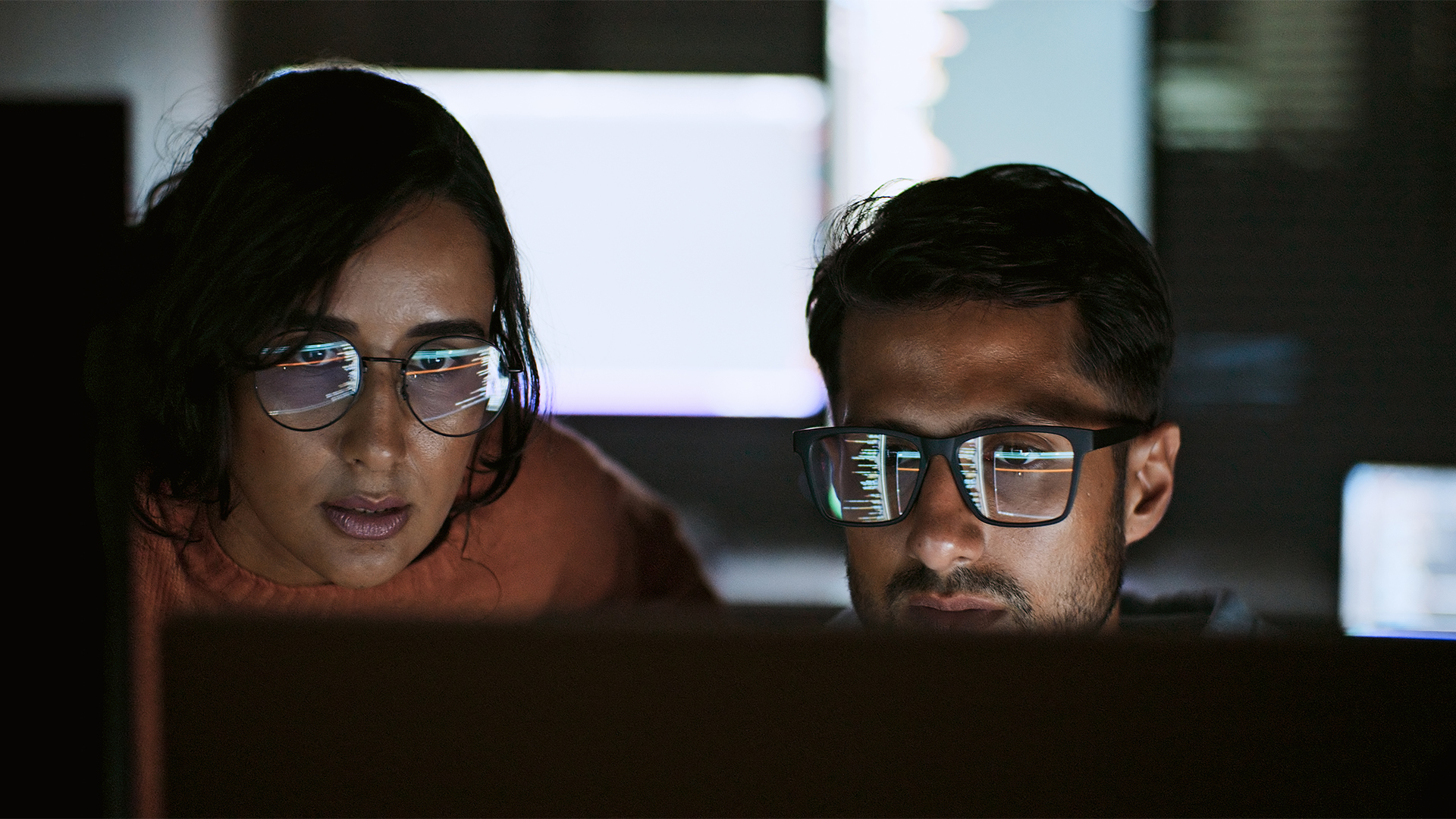Synology RackStation RS810RP+ review
Synology’s new rack mount NAS appliance is fast, packed with features and has lots of expansion potential. It’s also expensive, so read this review to find out whether it’s worth the extra cash.
The RS810RP+ scores well for its expansion potential as it allows capacity to be doubled on demand. Performance is good and Synology’s latest firmware has an impressive range of features but a price of over £1,100 for what is essentially just a four-bay rack NAS appliance with redundant power supplies is asking too much.

To check expansion we loaded two more 1TB drives in an RX410 appliance and without powering the main unit down, hot-plugged it into the eSATA port with the supplied cable. The drives immediately popped up in the Storage Manager window where we could add them to the existing array or create a new one.
Real world performance is good as drag and drop copies of a 2.52GB video clip from a Dell PowerEdge R715 rack server, equipped with two Opteron processors and a total of 24 cores, returned average speeds of 96MB/sec and 83MB/sec. FTP operations were even faster with the FileZilla client reporting read and write speeds of 103MB/sec for the same test file.
Performance over the eSATA port was slower. We ran the same tests on a striped array on the RX410 and saw read and write speeds drop to 75MB/sec and 72MB/sec whilst FTP operations returned around 78MB/sec.
IP SANs are supported and the latest firmware increases support to ten targets. We found these generally simple to create, although don't expect any help with MPIO configuration as the manual is devoid of instructions for this function.
The appliance also has iSCSI thin provisioning which allows targets to be created that only use a small amount of space on the appliance but appear much larger to the host. To test this we created a 2TB target in our RAID-5 volume and presented it to a Windows Server 2008 R2 system.
As far as the host was concerned it had access to a 2TB virtual volume but the Storage Manager showed it was only using up a few megabytes on the appliance. As more data is stored on the target, the appliance dynamically allocates extra space to it and when you reach the limits of physical capacity you can add more drives and increase the size of the physical volume the target resides on.
Sign up today and you will receive a free copy of our Future Focus 2025 report - the leading guidance on AI, cybersecurity and other IT challenges as per 700+ senior executives
Dave is an IT consultant and freelance journalist specialising in hands-on reviews of computer networking products covering all market sectors from small businesses to enterprises. Founder of Binary Testing Ltd – the UK’s premier independent network testing laboratory - Dave has over 45 years of experience in the IT industry.
Dave has produced many thousands of in-depth business networking product reviews from his lab which have been reproduced globally. Writing for ITPro and its sister title, PC Pro, he covers all areas of business IT infrastructure, including servers, storage, network security, data protection, cloud, infrastructure and services.
-
 CISPE claims European Commission gave Broadcom a ‘blank cheque to raise prices, lock-in, and squeeze customers’ with VMware deal
CISPE claims European Commission gave Broadcom a ‘blank cheque to raise prices, lock-in, and squeeze customers’ with VMware dealNews Cloud providers have issued a formal response to the General Court of the European Union after the Commission defended its approval of the deal
By Emma Woollacott Published
-
 Nutanix wants to help customers shore up cloud sovereignty
Nutanix wants to help customers shore up cloud sovereigntyNews New automation tools and infrastructure management capabilities look to tackle single-vendor dependency and shore up sovereignty requirements
By Ross Kelly Published
-
 The NCSC touts honeypots and ‘cyber deception’ tactics as the key to combating hackers — but they could ‘lead to a false sense of security’
The NCSC touts honeypots and ‘cyber deception’ tactics as the key to combating hackers — but they could ‘lead to a false sense of security’News Trials to test the real-world effectiveness of cyber deception solutions have produced positive results so far
By Emma Woollacott Published
